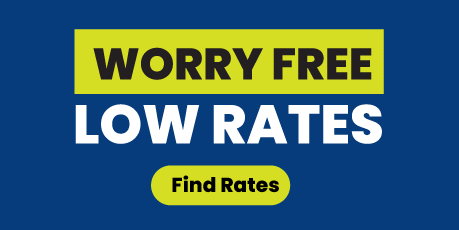Truth in Lending

How Truth in Lending protects consumers?
Introduction
The Truth in Lending Act (TILA) is a federal law enacted in 1968 to protect consumers in the financial marketplace by promoting transparency, fairness, and informed decision-making.
The enforcement and compliance oversight is delegated to the Consumer Finance Protection Bureau who is charged with the responsibility to enforce and protect and regulate financial service providers.
The purpose of TILA is to make sure that borrowers fully comprehend the terms and expenses involved with credit transactions so that they can make knowledgeable decisions and compare various credit options.
In this article, we will discuss the principles, key provisions, and consumer protections of Truth in Lending in the financial industry.
Background of Truth in Lending
The reason for establishing the Truth in Lending Act was to address the increasing worries regarding the credit industry's lack of transparency and possibly deceptive tactics.
Before TILA, it was hard for consumers to make credit comparisons due to inconsistent and unclear disclosure of terms and conditions.
Borrowers were vulnerable to signing credit agreements without a complete understanding of the related costs and responsibilities.
Key Provisions of Truth in Lending
- Clear and Consistent Disclosure: The TILA law mandates that lenders must give borrowers easy-to-understand information about important credit terms and conditions. This includes the Annual Percentage Rate (APR), which shows the overall cost of credit, including fees and interest, expressed as a yearly rate. This information is presented in a standardized format so that consumers can compare different credit offers accurately.
- Right of Rescission: Consumers are given a "right of rescission" under TILA for some credit transactions, like home equity loans and refinancing. This right enables borrowers to cancel the transaction within three business days of signing the loan documents, without any penalty or obligation. This provision is meant to give consumers a chance to rethink their decision and ensure that they comprehend the terms and effects of the credit agreement.
- Regulation of Advertising: To consumers from being misled by false or deceptive promotional materials, TILA imposes strict guidelines on advertising credit terms. Lenders must prominently and clearly disclose important credit terms, such as APR, in their ads to avoid any confusion or misrepresentation.
- Protection Against Unfair Credit Card Practices: The regulations under TILA cover credit card billing, payments, and dispute resolution. These rules aim to prevent unfair or misleading credit card practices that could harm consumers. Examples of such practices include charging for unauthorized transactions, late fees, and excessively increasing interest rates.
Truth in Lending and Consumer Protection
The main goal of TILA is to safeguard consumers in the credit marketplace by encouraging transparency and helping them make informed decisions.
TILA helps consumers make better credit choices by ensuring that credit terms and costs are clearly and consistently disclosed. The right of rescission, advertising regulation, and credit card provisions also protect consumers from risky financial situations.
Conclusion
The Truth in Lending Act is an important tool to protect consumers and promote fairness in the financial market. This act requires lenders to disclose credit terms accurately, helping consumers make informed decisions. As credit remains a crucial part of our financial activities, it's important to understand the provisions of TILA to ensure a fair and transparent credit system that benefits consumers.







